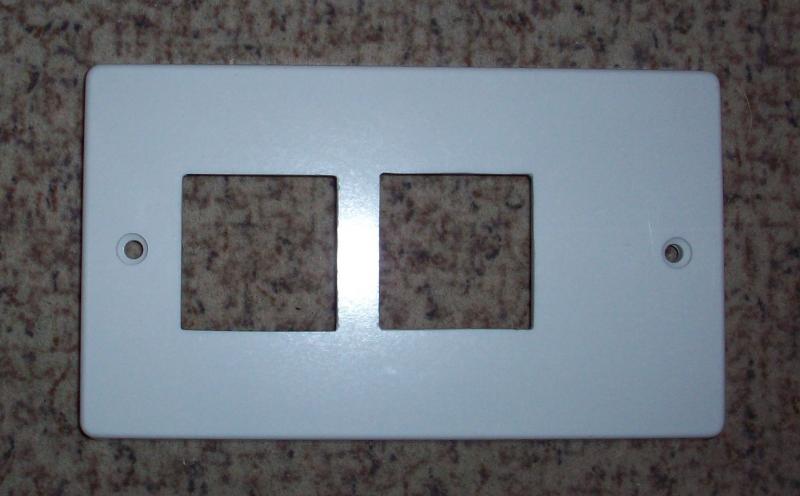Hi All.
Does anyone have an tips and tricks on cutting into the side of a 2-Gang Surface Pattress Box 32mm box so I can fit a cable gland and feed cable through it?
I have tried different drill bits but they always seem to break of crack.. any tools that are good for the job?
THe hole i need to cut is 16mm.
Does anyone have an tips and tricks on cutting into the side of a 2-Gang Surface Pattress Box 32mm box so I can fit a cable gland and feed cable through it?
I have tried different drill bits but they always seem to break of crack.. any tools that are good for the job?
THe hole i need to cut is 16mm.


